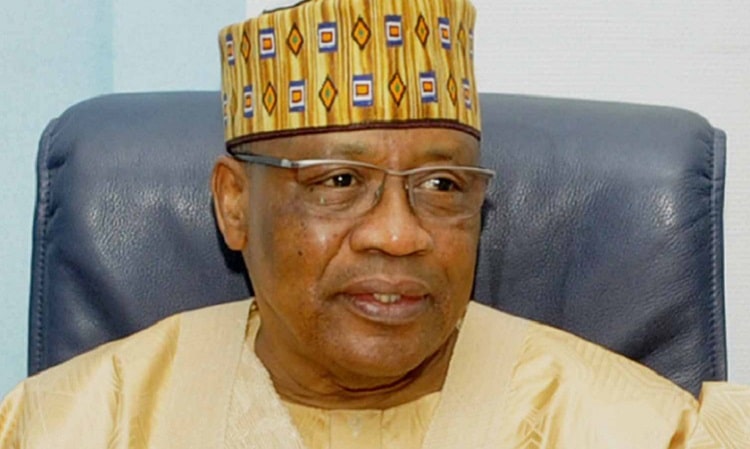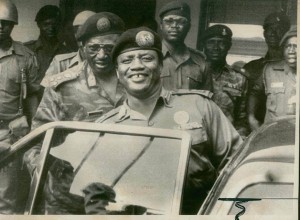Back to: History SSS 2
My brilliant Afrilearn superstar! I hope you’re having a fantastic day! Imagine being promised a special event, only for it to keep getting postponed over and over again. This was exactly what happened during General Ibrahim Babangida’s regime (1985–1993). He introduced a transition programme to return Nigeria to democracy, but he kept shifting the date, leading to confusion and frustration.
Today, we’ll break down the structure of Babangida’s regime and his transition programme, understanding how he ruled and why his plan to hand over power failed.
Ibrahim Babangida Regime 1985-1993; structure of regime and transition programme
Structure of Babangida’s Regime (1985–1993)
On August 27, 1985, General Ibrahim Babangida (IBB) led a bloodless coup that overthrew Major General Muhammadu Buhari. He took power and introduced several changes in governance.
Key Features of Babangida’s Government

Armed Forces Ruling Council (AFRC)
This was the highest decision-making body, made up of top military officers.
Babangida was the chairman, and all major government policies had to be approved by the AFRC.
Military and Civilian Administrators
Each of Nigeria’s states was governed by a military governor appointed by Babangida.
He also included some civilians in his government to give it a more “democratic” appearance.
Creation of New States and Local Governments
In 1987, he created Akwa Ibom and Katsina states, increasing the total from 19 to 21.
In 1991, he created nine more states, bringing the total to 30.
He also created many new local government areas (LGAs) to increase grassroots governance.
Economic Structural Adjustment Programme (SAP)
In 1986, he introduced SAP to reduce government control over the economy and encourage private businesses.
However, SAP led to high inflation, job losses, and economic hardship, making life difficult for ordinary Nigerians.
Political and Electoral Reforms

He created two government-approved political parties in 1989:
Social Democratic Party (SDP) – Representing the progressive movement.
National Republican Convention (NRC) – Representing the conservative movement.
Babangida’s Transition Programme (1987–1993)
Babangida promised to return Nigeria to civilian rule, but his transition programme was full of delays and broken promises.
Key Steps in the Transition Programme
Banning and Unbanning of Political Activities (1987–1989)
At first, he banned all political activities to prevent old politicians from taking over.
In 1989, he lifted the ban and created SDP and NRC as the only recognised parties.
Elections at Different Levels (1990–1992)
Local government elections were held in 1990.
State governorship and National Assembly elections were conducted in 1991.
A presidential election was planned for 1993.
Annulment of the June 12, 1993 Election
On June 12, 1993, Nigeria held a presidential election, considered the freest and fairest in history.
Chief Moshood Abiola (MKO) of the SDP defeated Bashir Tofa of the NRC.
Shockingly, Babangida annulled the election, refusing to release the results.
This led to mass protests and political instability across the country.
Stepping Down and Interim Government (August 1993)
Due to public pressure, Babangida was forced to resign on August 26, 1993.
He handed over to an Interim National Government (ING) led by Chief Ernest Shonekan.
However, the ING was weak and short-lived. By November 1993, General Sani Abacha overthrew Shonekan and took power.
Summary
Babangida’s regime (1985–1993) was controlled by the AFRC, with military governors running the states. His transition programme was meant to return Nigeria to democracy, but repeated delays and the annulment of the June 12, 1993 election led to protests. Eventually, Babangida stepped down, but his failure to complete the transition caused further political instability.
Evaluation
- What was the highest ruling body under Babangida’s government?
- Name the two political parties created by Babangida.
- What was the main reason for the annulment of the June 12, 1993 election?
- Who led the Interim National Government after Babangida stepped down?
You are a history genius! Keep learning, because history is the key to the future. See you in the next lesson, Afrilearn superstar!
